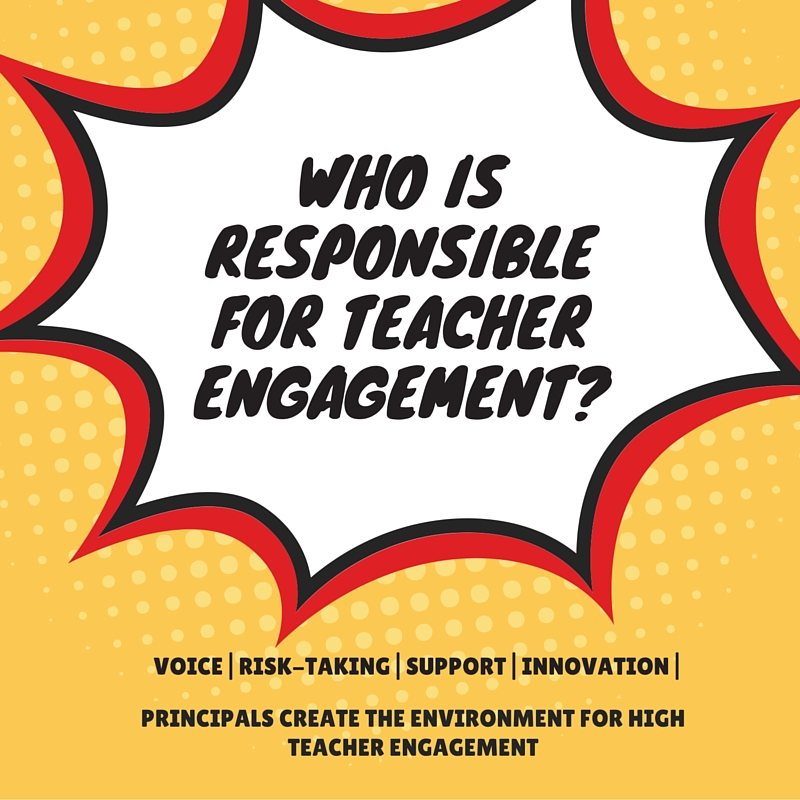Summer is a time for personal and professional self-reflection. The pace is slower, which gives us time to rejuvenate and reconnect with self, family, and friends. This summer I had the pleasure of doing all of those things, but I had the bonus of meeting and working with 7 new friends on the #EdWriteNow project. This was my second year working on the project, so I was extremely excited to be invited back, but more importantly, I was honored to be asked to co-edit the project with Jeff Zoul. The inaugural Education Write Now experience was a highlight of my career, so needless to say I was eager to contribute to this great work to which all the proceeds of the book will go to the Will to Live Foundation, a non-profit organization dedicated to preventing teen suicide. 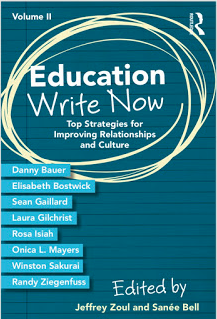
This year, we met in Chicago prior to the start of the National Principals’ Conference. Unlike last year, I had only met one other person who I was going to be working with on this project. For the most part, all other relationships had been formed and developed via social media. Because of our digital connection, we instantly connected personally and professionally. It was because of the relationship bonds that were forming as a result of working non-stop on the project for 48 hours that the team agreed on relationships as the theme that was connecting all of our chapters together. We realized that no program, policy, law, or initiative will ever take the place of relationships. Onica Mayers so candidly stated, “Relationships matter, people!” after Jeff and I participated in a light-hearted bantering session about which baseball organization, the Cubs or the Astros, was the better team. Needless to say, relationships do matter, and unfortunately, relationships in schools do not get to the place where they could be because of the fear of engaging in productive conflict. In my chapter, I challenge the reader to reframe the word conflict and their perspective regarding how they feel about conflict from one that evokes negative thoughts and emotions to an idea and principle that is essential to getting the best ideas on the table.
Here is a short excerpt from my chapter:
Conflict. Just hearing the word or seeing it in print has the tendency to conjure negative emotions, thoughts, or memories. The word by sheer meaning is negative, and if left to stand alone without any additional qualifiers, is a word that offers little hope, peace, positivity, or closure. Conflict denotes that there will be winners and losers, and those who are able to voice their opinions or views the loudest will claim stake to victory. Conflict forces one to choose sides, hold on to narrow perspectives, and engage in unproductive dialogue that doesn’t lead to better solutions.
Conflict does have its place in the world. There are just some fundamental truths and moral practices on which we must stand firm; but as educators, how can we reframe conflict into an activity that will result in the best possible outcomes and solutions for the students we serve? Is it possible to engage in productive conflict, which for this chapter means the sharing and acceptance of divergent ideas, perspectives, and experiences, to get the best solutions to the challenges and problems that plague our education system?
Engaging in productive conflict is not only necessary but it is critical to reimagining an educational system that is committed to fostering and developing high-performing teams that know how to engage productively with those who have different perspectives and experiences. Without productive conflict, one is not able to grow or be challenged cognitively or philosophically. Refinement only happens through the convergence of new ideas and experiences. In fact, without productive conflict, the best ideas will never be presented which will result in more of the same. Embracing the struggle and dissonance that will occur, while also practicing the art of vulnerability, is the only way that productive conflict will lead to positive outcomes.
When engaging in productive conflict there is no right and wrong—only different. Being able to see someone else’s perspective for what it is rather than through the filter of what you think it should be is the first critical step. Productive conflict does not occur by appealing to the logical part of the brain. If you want anyone to change, it is a must that you appeal to the emotional side of the brain first. Emotional intelligent individuals practice self and social awareness and are strategic in managing relationships. They have the ability to control their emotions and understand the effect their attitude and actions have on others, which enables them to adapt their behavior to elicit positive and productive outcomes. People need to feel and connect before they are able to change. True connection cannot happen in the absence of true relationship building. Authenticity will not grow if planted in inauthentic soil.
As Peter Senge simply states, “In great teams, conflict becomes productive. The free flow of conflicting ideas is critical for creative thinking, for discovering new solutions no one individual would have come to on his own.”
If doing the work that is required to cultivate high-performing teams is important to you, you will find the time and create the space; if it is not, you will find an excuse. The role of the leader is not to have all of the answers to the many challenges we face. The role of the leader is to create an environment where all ideas are shared, valued, respected and appreciated. Take the time to do the culture work that is necessary to create environments where productive conflict can thrive, for it is the strength of the team’s culture that will determine the altitude of the group.
After working on this project for two years in a row, I am once again surprised at how well the chapters link together. Check out excerpts from Jeff Zoul, Randy Ziegenfuss, Rosa Isiah, Elizabeth Bostwick, and Laura Gilchrist. Stay tuned for a post next week from Onica Mayers where she really opens up about the power of relationships. In the next few weeks, Winston Sakurai, Sean Gaillard, and Danny “Sunshine” Bauer will be sharing thoughts on their experience and excerpts from their work.
I am looking forward to year three of this project. Jeff and I will continue to lead the work as we invite a new team of eight to join us. I want to especially thank Routledge and Senior Editor Lauren Davis for your continued commitment and dedication to this project. Until then, add Education Write Now-Volume I to your library and complete your collection by purchasing Education Write Now: Top Strategies for Improving Relationships and Culture Volume II this winter.
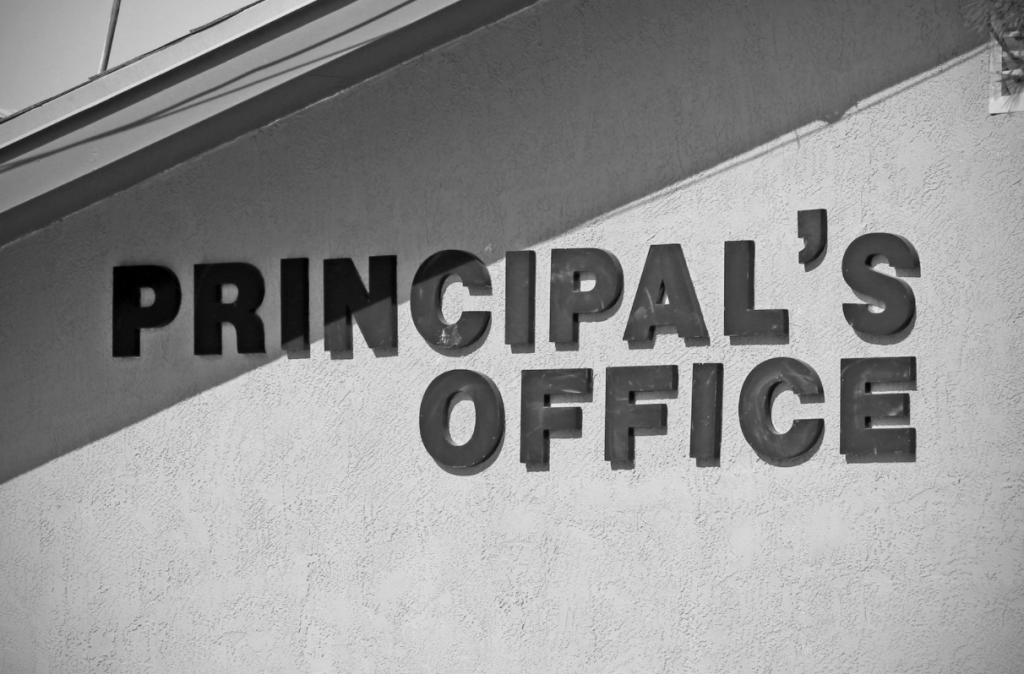

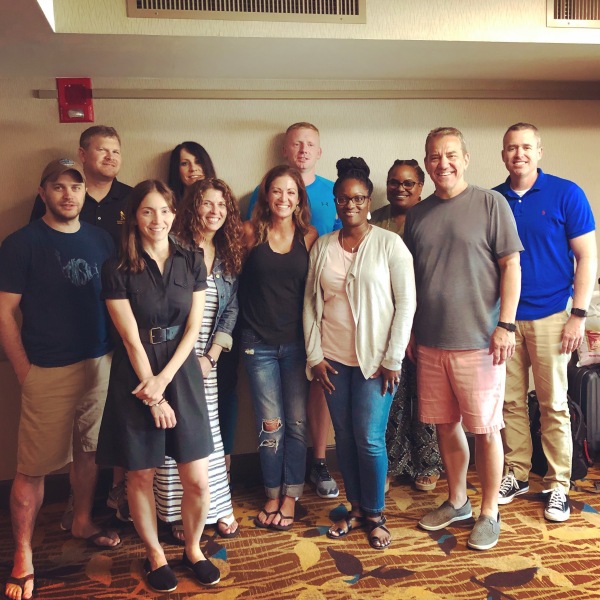
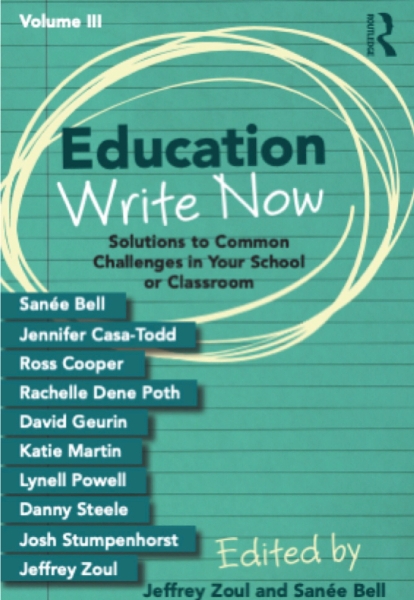



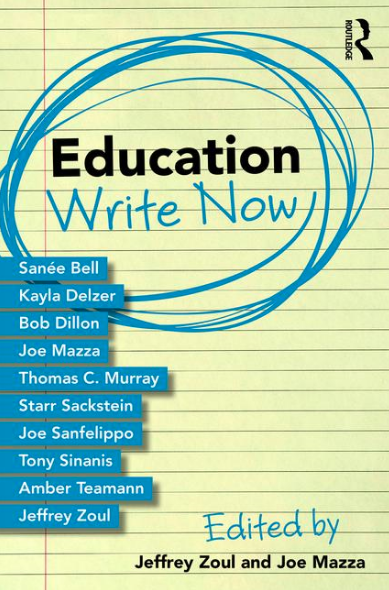


 As educators, the only thing we can pick and choose is our attitude, our dedication, and the amount of determination we will pour into “our students” and “our families.” We are the somebody’s who will help our students see the possibles. We must remove the boundaries and labels that others have put on our students. Labels become impossibles. No label teachers see every child as if they were their own personal children. No label teachers are committed to student growth, regardless of where the starting point may be. No label teachers seek to find the possible in every child and are committed to helping them become their best possible self.
As educators, the only thing we can pick and choose is our attitude, our dedication, and the amount of determination we will pour into “our students” and “our families.” We are the somebody’s who will help our students see the possibles. We must remove the boundaries and labels that others have put on our students. Labels become impossibles. No label teachers see every child as if they were their own personal children. No label teachers are committed to student growth, regardless of where the starting point may be. No label teachers seek to find the possible in every child and are committed to helping them become their best possible self.